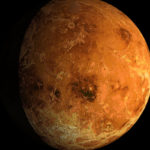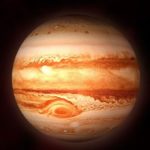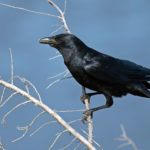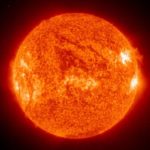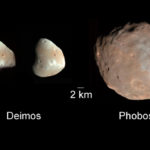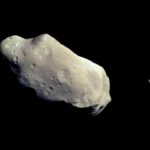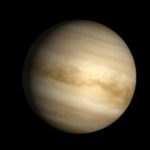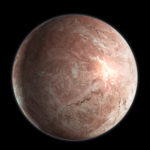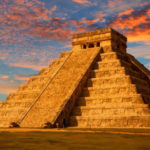Interesting facts about comets
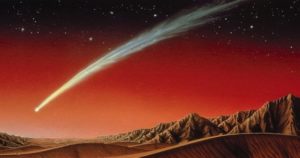 Tailed comets left a lot of deep traces in the culture and mythology of different peoples. Their appearance is not often taken for the signs of the gods, they were afraid of them, but then science could finally say authoritatively what they are.
Tailed comets left a lot of deep traces in the culture and mythology of different peoples. Their appearance is not often taken for the signs of the gods, they were afraid of them, but then science could finally say authoritatively what they are.
In ancient times, the appearance of a comet in the sky was considered a very bad omen.
All comets observed in the solar system revolve around the sun in very elongated orbits.
At the beginning of the 20th century, when in the sky one could observe the bright tail of Halley’s comet with an unaided eye, some enterprising businessmen actively sold people gas masks and umbrellas to protect them from comets.
The word “comet” goes back to the ancient Greek “long-haired”, as the ancient Greeks believed that comets resemble stars with long flowing hair.
The tail of the comets appears only when they approach more or less close to the Sun. This is caused by heating and evaporation due to exposure to sunlight.
The nucleus of a comet is up to 90 percent of its mass.
In 2014, the spacecraft for the first time in the history of mankind managed to land on a comet, on its central core. It was the comet Churyumov-Gerasimenko.
The probe “Rosetta” for rapprochement with the above-mentioned comet took about ten and a half years.
The largest nucleus of a comet that was ever observed was about forty kilometers in diameter.
The tail of the comet can extend very far, for example, in Comet Hyakutake the length of the tail was about 580 million kilometers.
Until now, it is not known exactly where the comets come from. One of the most popular theories is that comets were formed from the remnants of matter during the formation of the solar system.
There is also a theory that it was the comets that brought the first organic matter to Earth. If this is true, then it is to comets that humanity owes its birth to the light.
At present, about four thousand comets have been discovered, but in the surrounding Ourom Cloud Belt around them, according to approximate estimates, there may be about a trillion.
Most comets fly out of the Kuiper Belt.
Jupiter for the Earth plays the role of a kind of shield – its powerful gravity attracts comets and asteroids, some of which as a result fall into its atmosphere and burn.
The comets have their own atmosphere.
The first mention of Halley’s comet (as it was later called) was recorded in 240 BC before in Chinese chronicles.

